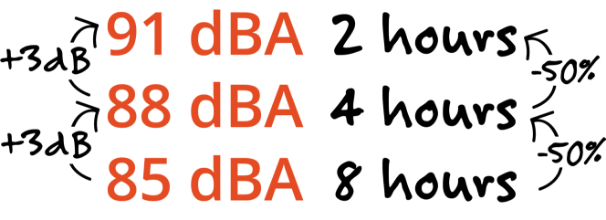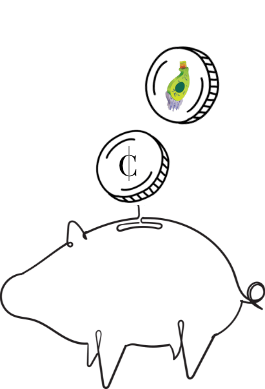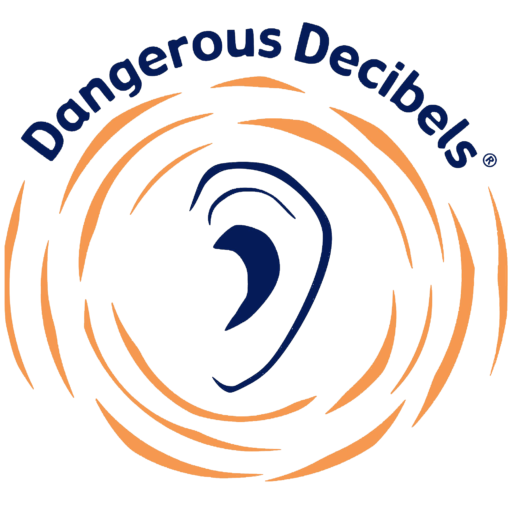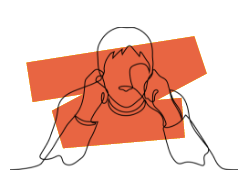Safe or Dangerous: 1. How Loud is Too Loud
Each time the sound level INCREASES by 3 dB, the allowable time is cut in half (reduced by 50%). For example, a person can be noise exposed at 85 dBA for 8 hours a day, and if the noise level increases to 88 dBA, then the allowable time would be reduced to 4 hours a day. If it goes up again by 3 dB, to 91 dBA, then the time would be reduced another 50% to 2 hours a day.

The reverse is also true, if the average noise level DECREASES by 3 dB, the allowable time is doubled. For example, a person can be exposed at 82 dBA for 16 hours a day.
Every 3 dB change represents a doubling or halving of the sound energy. Every time there is a 3 dB increase, the amount of ENERGY in the sound doubles!
Small changes in sound level meter reading (e.g. 3 dB) represent LARGE changes in the amount of sound energy.

All of your sound exposures add up over a lifetime. So, if you damage all your hair cells when you are young, then you won’t have any left to use when you need them later in life.
Taking care of your hearing when you are young is like “banking” your hair cells to “spend” later in life when aging starts to cause hearing loss.
Make sure you can “hear for a lifetime” by avoiding dangerous sound exposures. You’ll learn more about the best ways to do this in a future module.
RULE OF “EAR”: If you have to raise your voice to talk to someone an arm’s length away, the sound level is likely above 85 dBA.
1. How Loud is Too Loud?
Quiz

